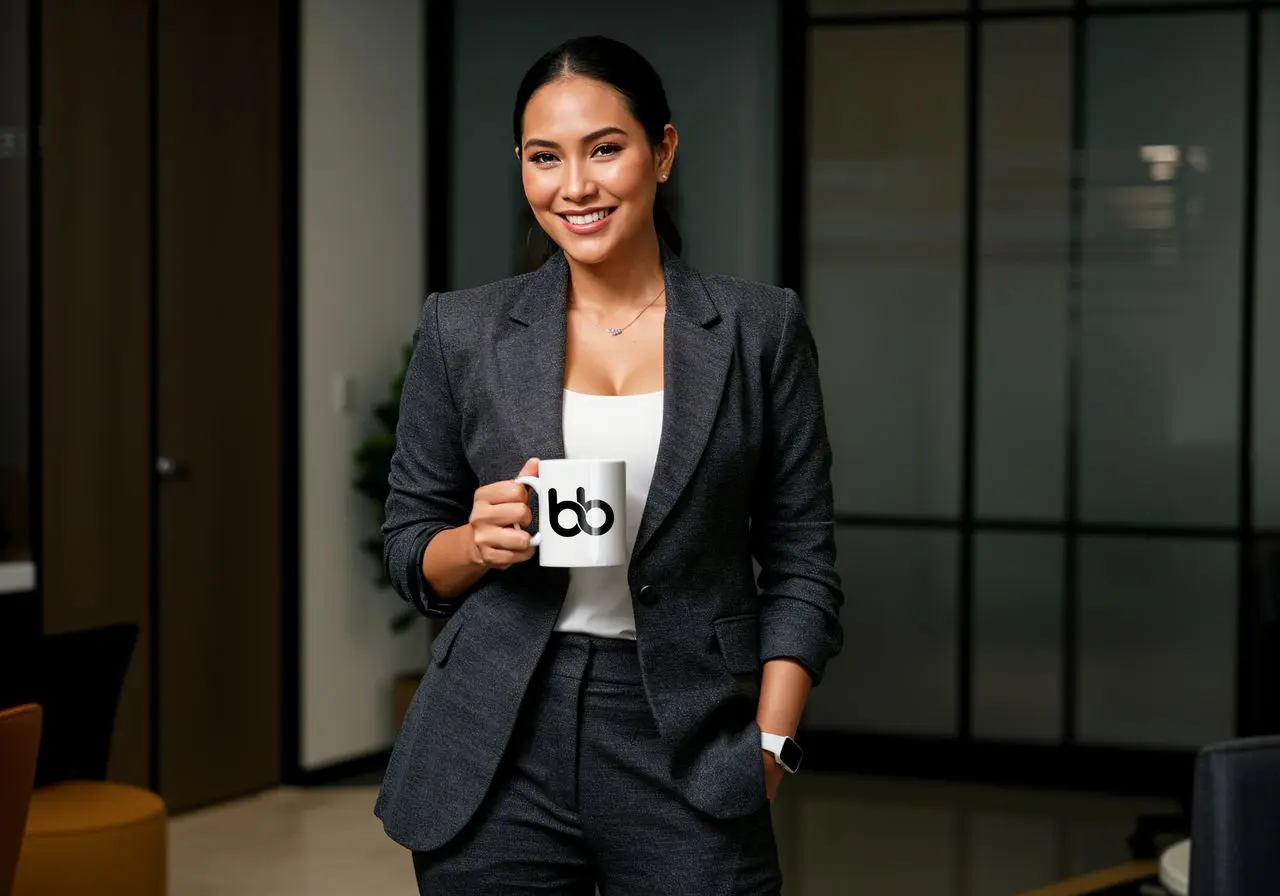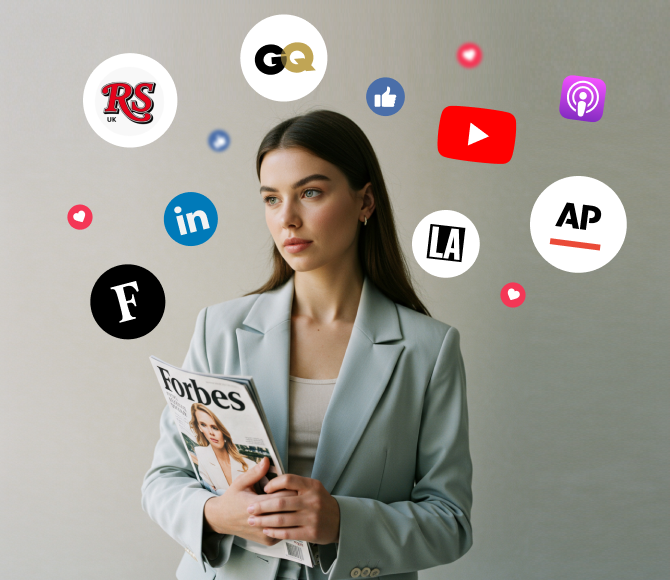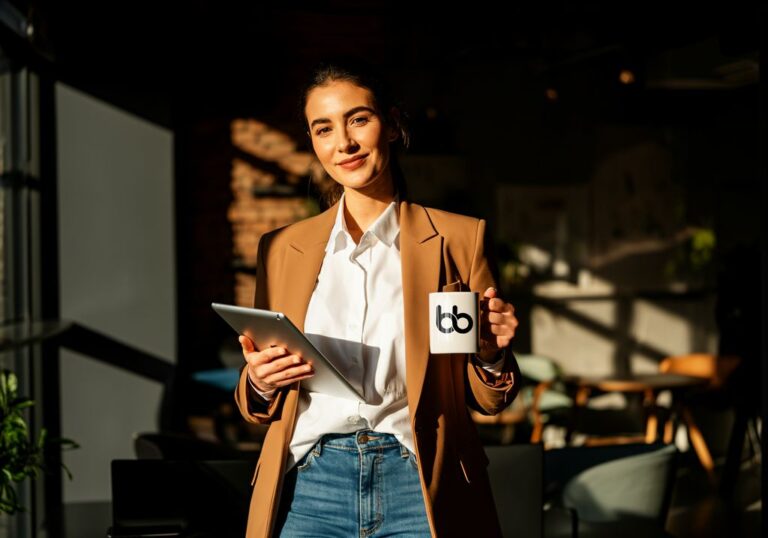Table of Contents
The Power of Elle in Modern Brand Narratives
Fashion magazines shape culture, yet few publications define what “aspirational” actually means. Elle stands among the handful of editorial voices that transform emerging trends into mainstream movements. When a brand appears in these pages, whether digital or print, the placement signals something deeper than visibility. Authenticity becomes validated. Aesthetic choices gain credibility. Target audiences recognize the brand as culturally relevant rather than merely available. Brands exploring how to get published in Elle understand that editorial presence here functions as a cultural endorsement that advertising budgets cannot replicate. Elle’s global editions reach 46 countries, with a combined monthly readership exceeding 69 million, creating ripple effects across continents.
The Legacy That Built Business Press Credibility
Modern consumers select brands that reflect personal identity and aesthetic values. Functionality still matters, yet emotional resonance determines final purchase decisions. A handbag represents self-expression, but also serves as a storage capacity. Skincare becomes a ritual before routine. Elle functions as cultural validation within this dynamic because its editorial team curates stories that resonate with identity-driven audiences.
Digital and print exposure through lifestyle media placement generates compounding effects. Featured brands experience measurable increases in direct website traffic, social media engagement, and opportunities for influencer collaboration. Research tracking 150 brands featured in major lifestyle publications found a 127% average increase in Instagram follower growth within 90 days of publication. Search behavior changes when consumers discover brands through editorial contexts rather than advertisements. The discovery feels organic, creating trust that paid placements struggle to achieve. Elle coverage signals to audiences that tastemakers have vetted and approved your brand narrative.
What Elle Editors Seek in Brand Stories
Editorial teams at Elle evaluate story pitches through lenses that differ from business publications. Emotion drives engagement more than data points. Originality matters more than market dominance. Cultural context determines relevance more than revenue figures. Successful fashion brand editorial pitches tell stories that illuminate broader lifestyle conversations rather than simply describing products.
The balance between visuals and substance separates accepted pitches from rejected ones. Stunning imagery attracts initial attention, yet editors need narratives with depth. A sustainable fashion line requires more than beautiful garments. Editors want to understand the founder’s journey toward ethical production, the challenges they overcame, and how their approach challenges industry norms. Understanding how to get featured in Vogue reveals similar principles, though Vogue emphasizes a haute couture heritage while Elle leans toward an accessible, aspirational lifestyle. Both publications demand authentic narratives that serve readers’ interests over brand promotion.
Building a Compelling Elle Feature Story
Successful Elle magazine feature stories share common architectural elements. Founder narratives humanize brands by revealing the passion, challenges, and vision that drive their creation. Readers connect with personal journeys more deeply than corporate mission statements. Aesthetic direction demonstrates coherent visual language across products, packaging, marketing materials, and brand presence. Inconsistency signals amateurism while cohesion suggests intentionality.
The product’s purpose extends beyond its functional benefits to encompass emotional and cultural value. A fragrance line might address sustainability gaps in the beauty industry while celebrating cultural heritage through scent profiles. Media readiness requires professional imagery that matches Elle’s visual standards. Photography, styling, and art direction should convey an editorial feel rather than a catalog-ready one. Consistency in tone across brand communications demonstrates maturity. Lifestyle publications favor brands that understand their voice and maintain it across channels. Data from the Content Marketing Institute shows that trend media strategy incorporating lifestyle editorial coverage generates 34% higher conversion rates compared to social advertising alone.
Lifestyle Credibility That Converts
Third‑party validation beats ads—leverage ELLE features to signal trust, amplify across channels, and turn cultural relevance into measurable demand.

Transforming Coverage Into Lasting Credibility
Elle placement generates immediate visibility, yet strategic brands leverage coverage for sustained impact. Post-placement amplification transforms a single feature into ongoing trust signals. Featured brands embed Elle coverage across website landing pages, email campaigns, sales presentations, and partnership pitches. Each mention reinforces the elite magazine’s credibility with new audiences encountering the brand.
Coverage fuels brand storytelling by providing third-party validation that owned content cannot achieve. When brands reference their Elle feature during product launches or expansion announcements, the publication’s authority transfers to new initiatives. Adjacent credibility through publications like get in Marie Claire creates a portfolio effect where multiple lifestyle editorial placements compound brand visibility in fashion press. Search engines reward domains linked from authoritative publications with improved rankings. Organic traffic increases as the brand appears for broader keyword categories. Influencer campaigns gain momentum when collaborators see editorial validation. Creators prefer partnering with brands that established media recognize as culturally relevant.
When Elle Features Reshape Brand Perception
A boutique jewelry brand experienced transformative growth after Elle featured the founder’s approach to ethical sourcing. Prior to coverage, the brand primarily operated through local pop-up events, with modest online sales. The Elle feature positioned them within broader conversations about luxury brand coverage, meeting social responsibility. International retailers discovered the brand through the article, leading to wholesale partnerships across three continents. Website traffic increased 890% within the first month following publication.
Another example involved a founder-led sustainable fashion label struggling to differentiate in a crowded market. Elle’s coverage highlighted the founder’s innovative fabric recycling process and vision for a circular fashion system. The feature reframed public perception from “another eco-brand” to “sustainability pioneer.” Investor interest followed editorial validation, enabling expansion into new markets. These cases share common elements, including cultural timing that aligned brand stories with broader social movements, visual storytelling that met publication standards, and editorial trust earned through transparent practices. Even sectors like finance recognize media credibility’s power, which explains why organizations partner with a financial services PR agency to secure authoritative coverage that builds stakeholder confidence.
The Evolution of Lifestyle Media Authority
Lifestyle media continues evolving as influencer and editorial ecosystems merge. Publications now feature influencer-aligned media strategies where content creators contribute editorial perspectives while maintaining journalistic standards. Hybrid storytelling models blend traditional reporting with first-person narratives from trusted voices within specific communities.
AI-generated visuals present both opportunities and challenges for fashion publications. Technology enables the rapid creation of concept imagery while raising questions about authenticity. Sustainability narratives will increasingly define brand credibility as consumers demand transparency about environmental and social impact. Authenticity remains the differentiator that technology cannot replicate. Human-led storytelling preserves emotional resonance that algorithm-generated content lacks. Elle’s future influence will likely depend on maintaining editorial integrity while adapting to emerging platforms and formats that reach younger audiences.
inside-elle-magazine-placement-and-why-lifestyle-credibility-counts
Lead with news value, not hype; pair proof, expert voices, and audience fit to turn a sharp pitch into a feature that builds authority and trust.

Building Business Trust Through Strategic Media
The Wall Street Journal’s feature coverage represents credibility rather than celebrity. Fame generates awareness that fades quickly. Trust compounds over time, influencing decisions years after initial exposure. Brands that view elite media placement as a long-term strategy for building brand credibility, rather than immediate lead generation, maximize the strategic value of major publications.
Strategic storytelling positions your company within industry narratives that matter to decision-makers. Companies contributing valuable perspectives to ongoing conversations earn recognition as thoughtful participants rather than self-interested vendors. Building relationships with business media requires patience, preparation, and genuine newsworthiness. Companies that invest in developing strong narratives, gathering supporting data, and understanding editorial needs position themselves for opportunities when timing aligns with relevance.
Baden Bower’s approach emphasizes authentic storytelling, verified credentials, and timing that aligns company narratives with broader industry conversations. The goal remains consistent: helping brands earn recognition through genuine merit rather than manufactured visibility.
Guaranteed Publicity for Your Brand
Get featured in top publications with our proven PR strategies






